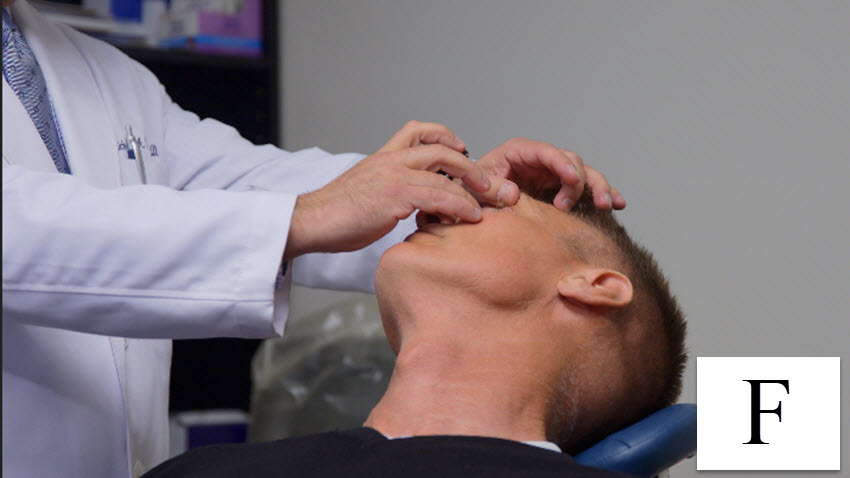Macular Pucker and Pars Plana Vitrectomy
Information – Macular Pucker
A macular pucker occurs when a wrinkle suddenly develops in the center of the light-sensitive tissue of the retina. The macula is the center of the vision, and when it is puckered or wrinkled, there is often blurring of vision, distortion of vision or sometimes discrepancy in the image size between two eyes. This scar tissue can’t heal on its own.
Causes of Macular Pucker
Most macular pucker is related to aging, but can also be caused by a detached retina, uveitis (inflammation of the eye), eye injury or diabetic retinopathy. Macular pucker symptoms include objects looking wavy and trouble seeing details. You may notice a cloudy or grey area in your central vision, or even have a blank spot.
 To make a diagnosis, your ophthalmologist will do an examination and determine if there’s enough of a macular pucker to justify a referral to a vitreoretinal surgeon. In some cases, a macular pucker does not require treatment. The scar tissue that causes the macular pucker separates from the retina, and the macular pucker clears up on its own.
To make a diagnosis, your ophthalmologist will do an examination and determine if there’s enough of a macular pucker to justify a referral to a vitreoretinal surgeon. In some cases, a macular pucker does not require treatment. The scar tissue that causes the macular pucker separates from the retina, and the macular pucker clears up on its own.
Surgical Treatment of Macular Pucker
 The surgical technique used to repair macular pucker is called pars plana vitrectomy. The ophthalmologist will use local or general anesthesia, go into the eye and remove the vitreous gel, then use tiny forceps remove the wrinkle that has grown on the surface of the macula during a pars plana vitrectomy. The success rate of macular pucker repair to stabilize vision is quite high – up to 70% of patients report improved vision.
The surgical technique used to repair macular pucker is called pars plana vitrectomy. The ophthalmologist will use local or general anesthesia, go into the eye and remove the vitreous gel, then use tiny forceps remove the wrinkle that has grown on the surface of the macula during a pars plana vitrectomy. The success rate of macular pucker repair to stabilize vision is quite high – up to 70% of patients report improved vision.
After pars plana vitrectomy for a macular hole, the patient will be required to maintain a particular restricted head position. This may vary depending on the size of the hole, from days to several weeks. Your surgeon will be the one who best determines the amount of time that you need to maintain head-down positioning after vitrectomy surgery. In order to maintain the head-down positioning that your surgeon requests, there are devices that can be leased or purchased to facilitate head-down restricted positioning.
Talk to your eye doctor if you’d like more information on macular pucker.
Visit HealthChoicesFirst.com for more videos and resources on eye diseases and surgery.
Interested in More Information on Macular Pucker
![]()
![]()
